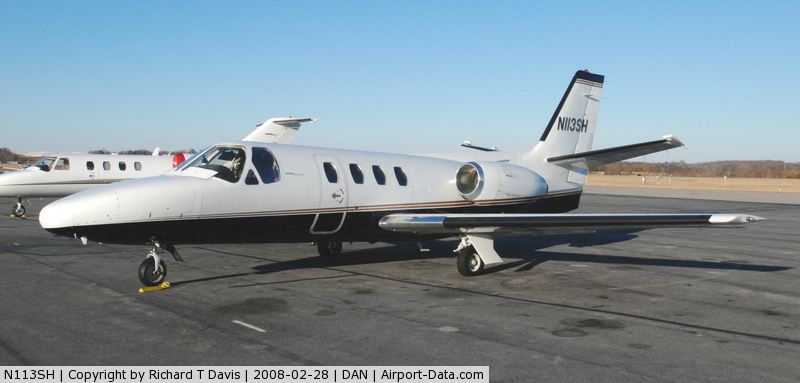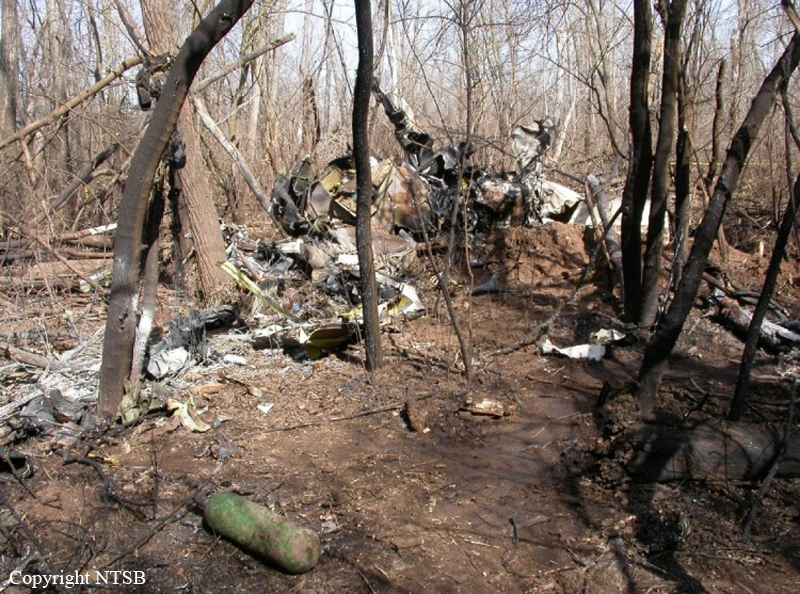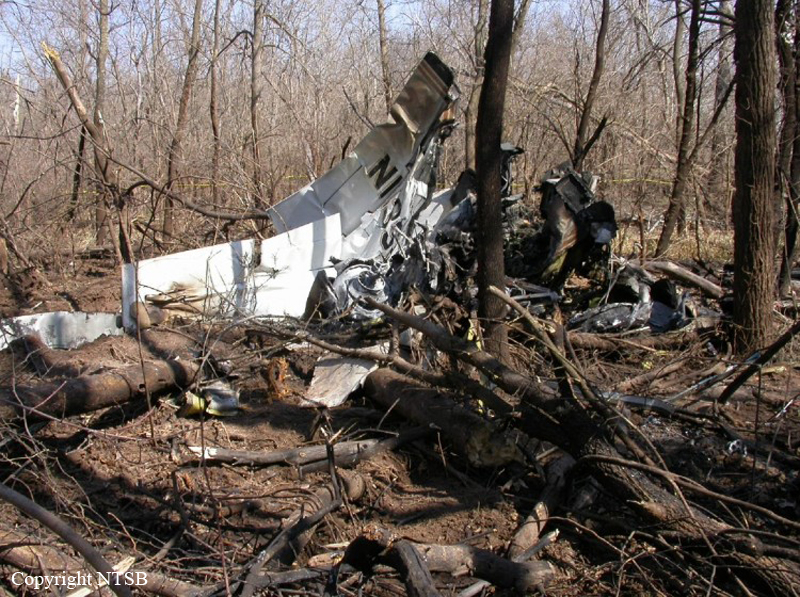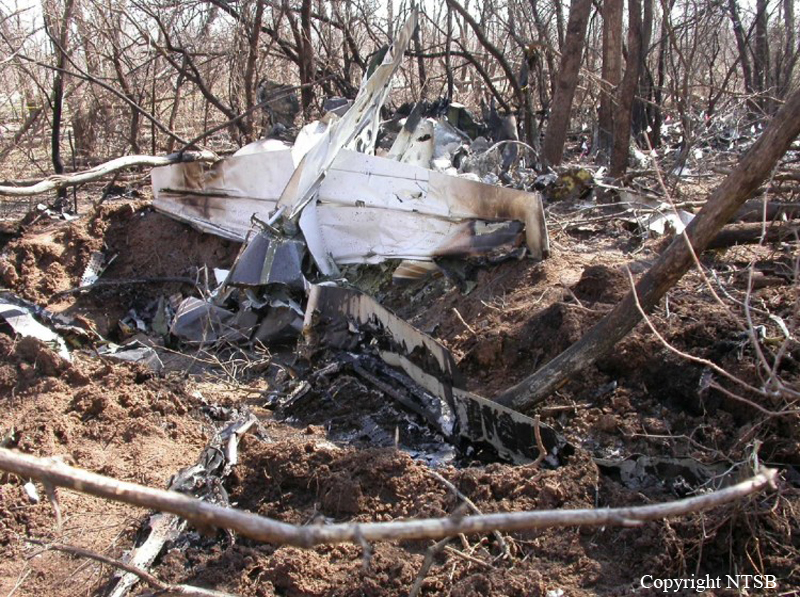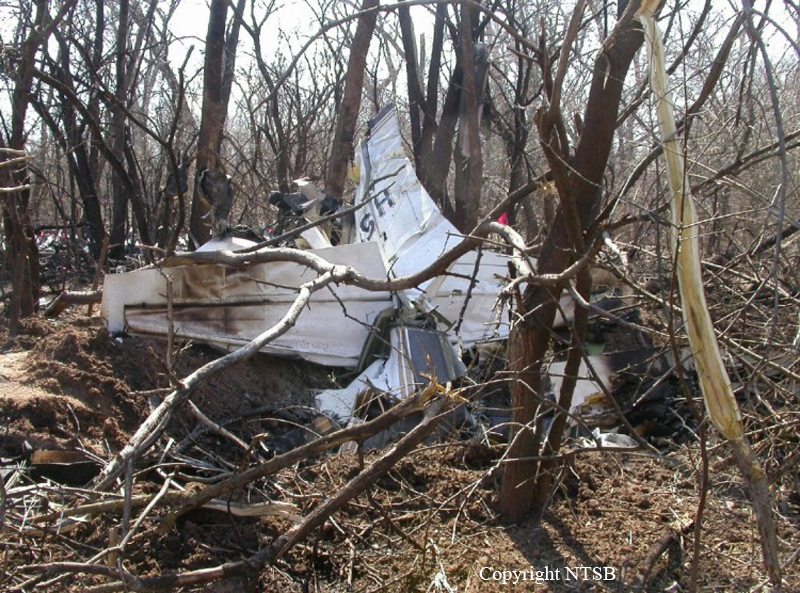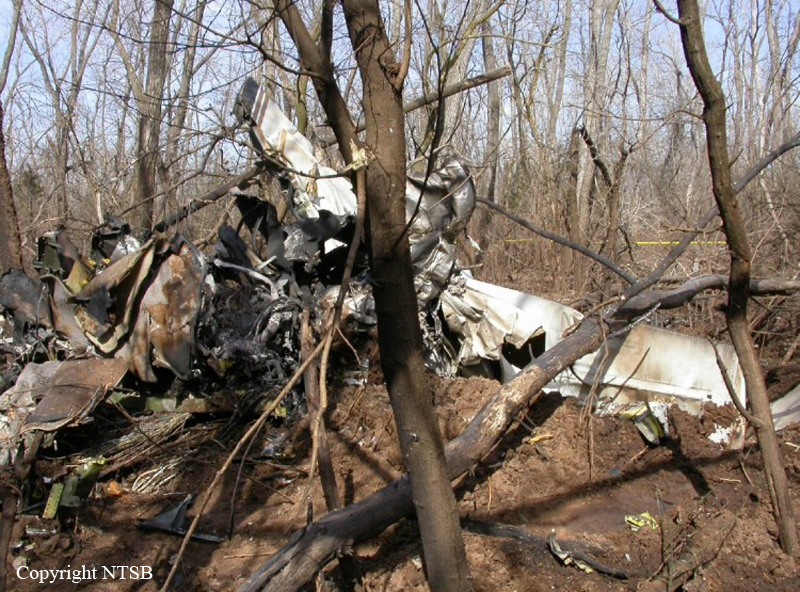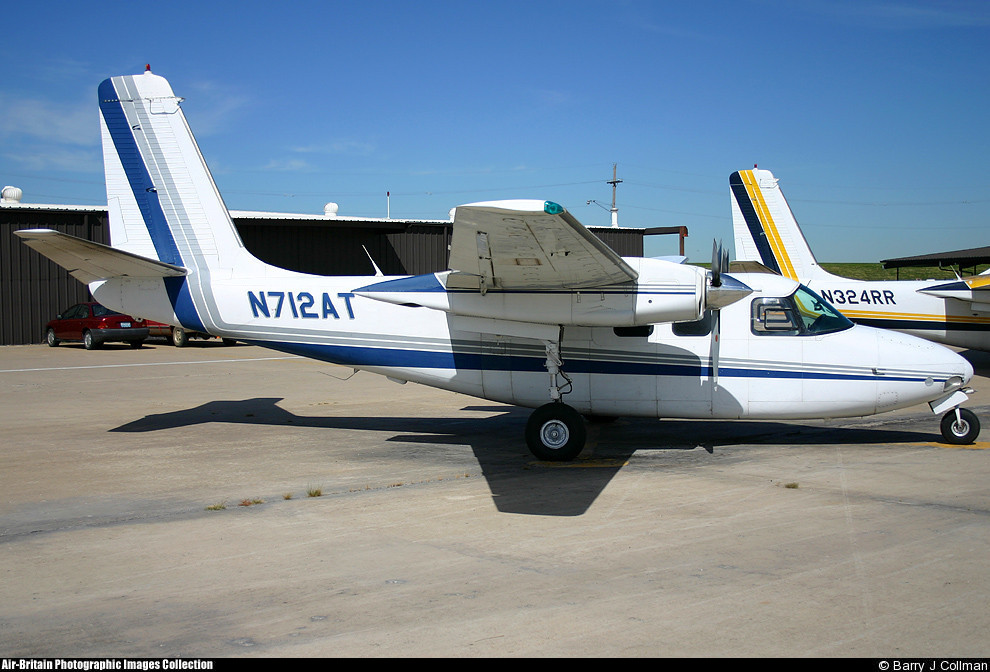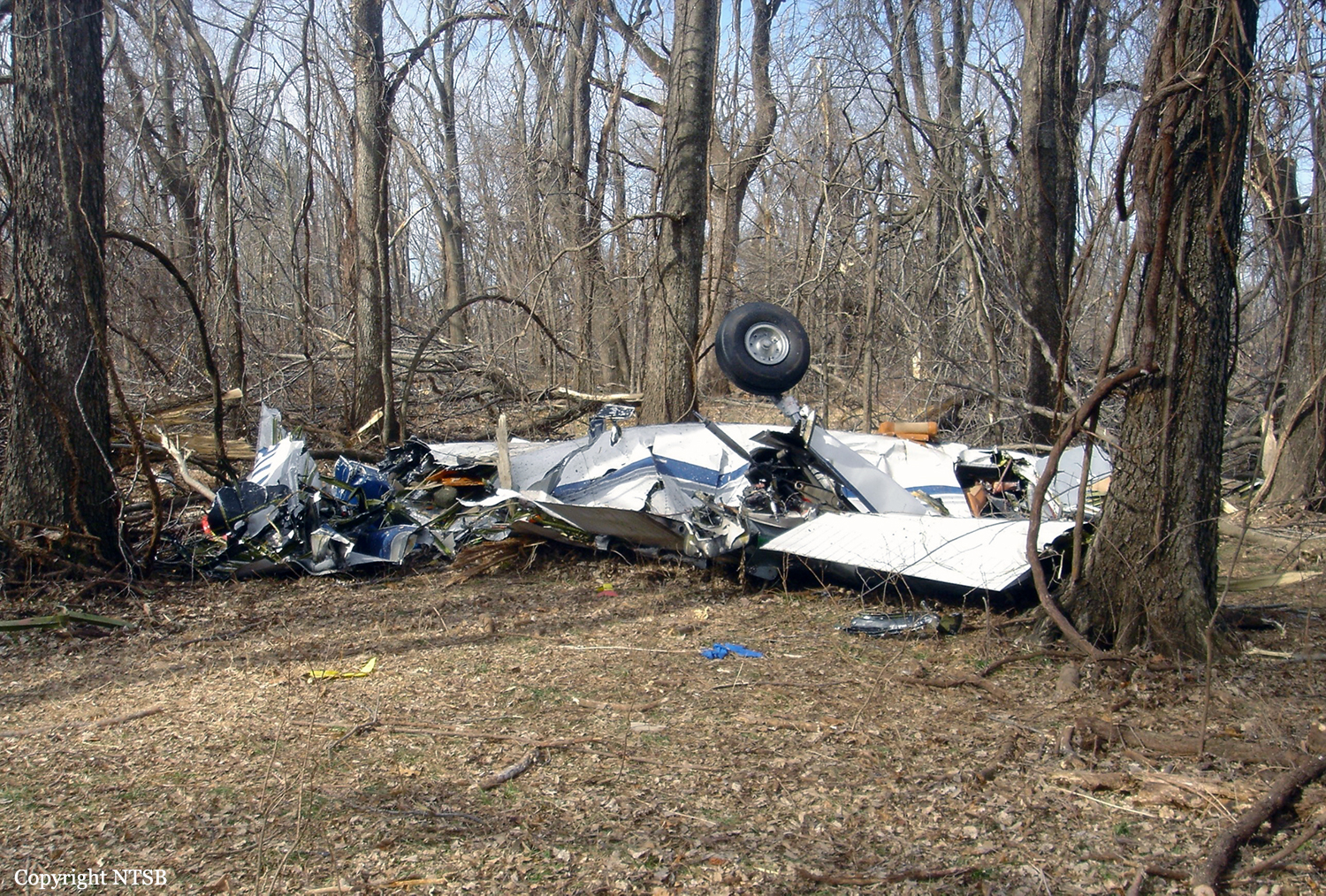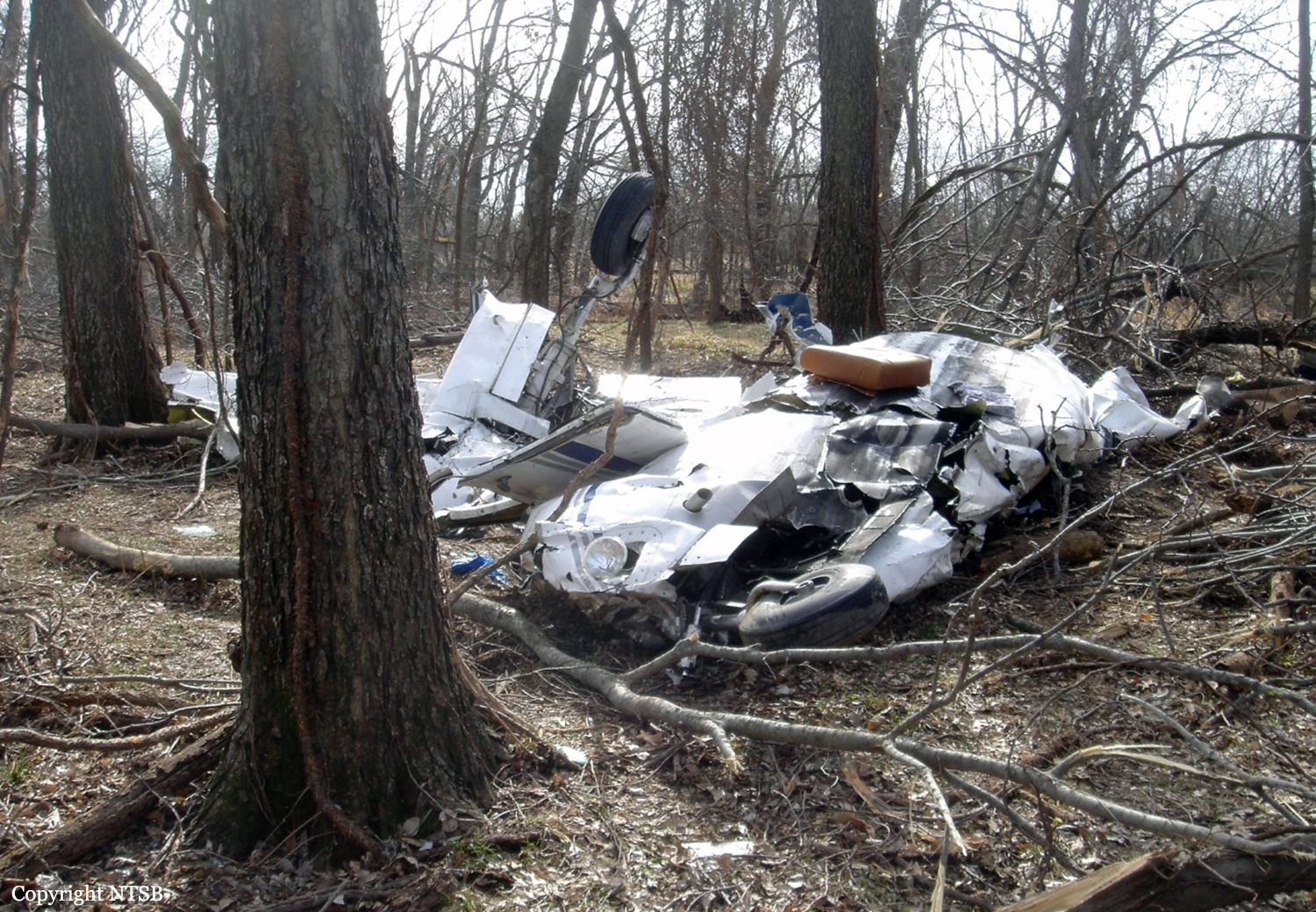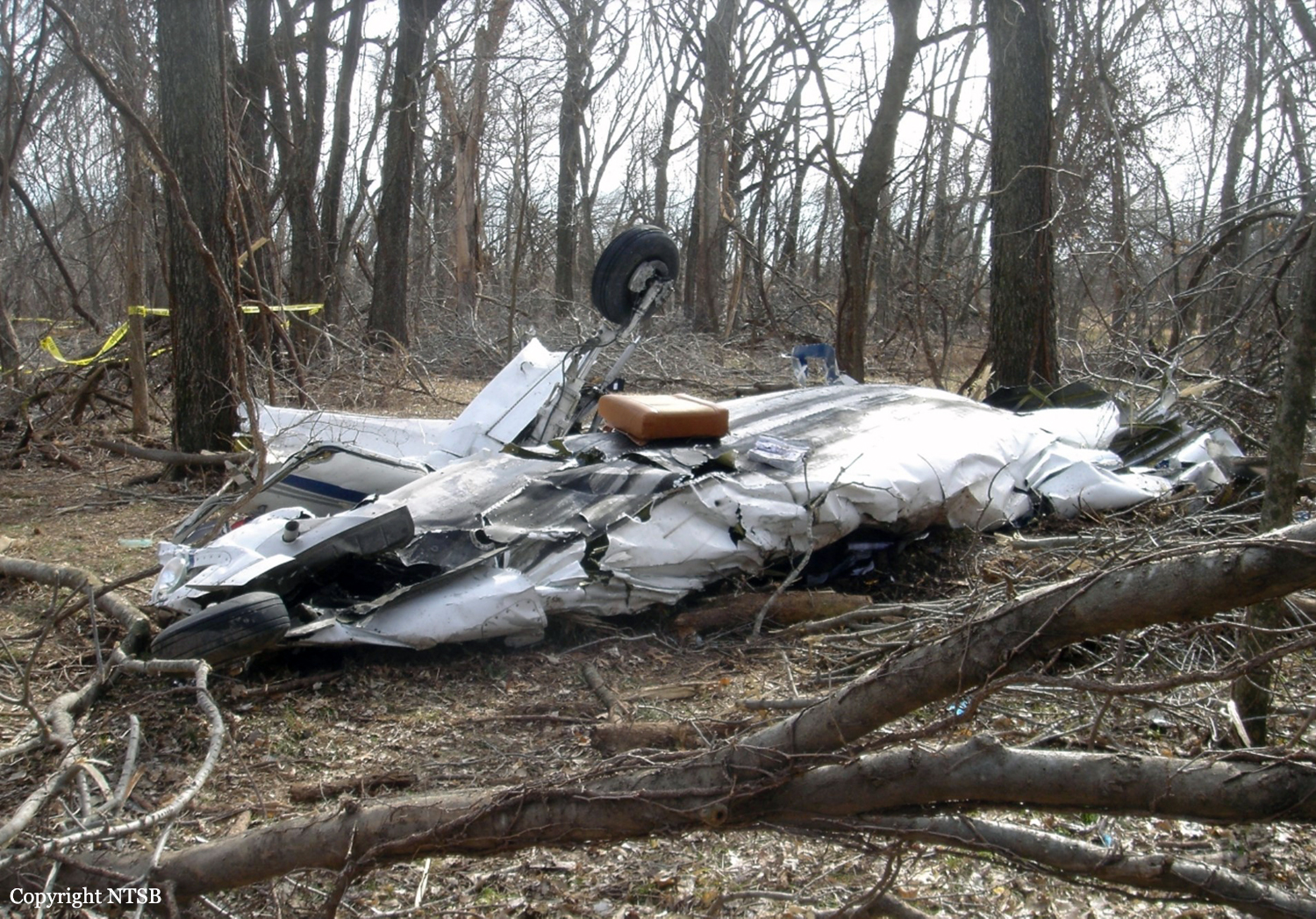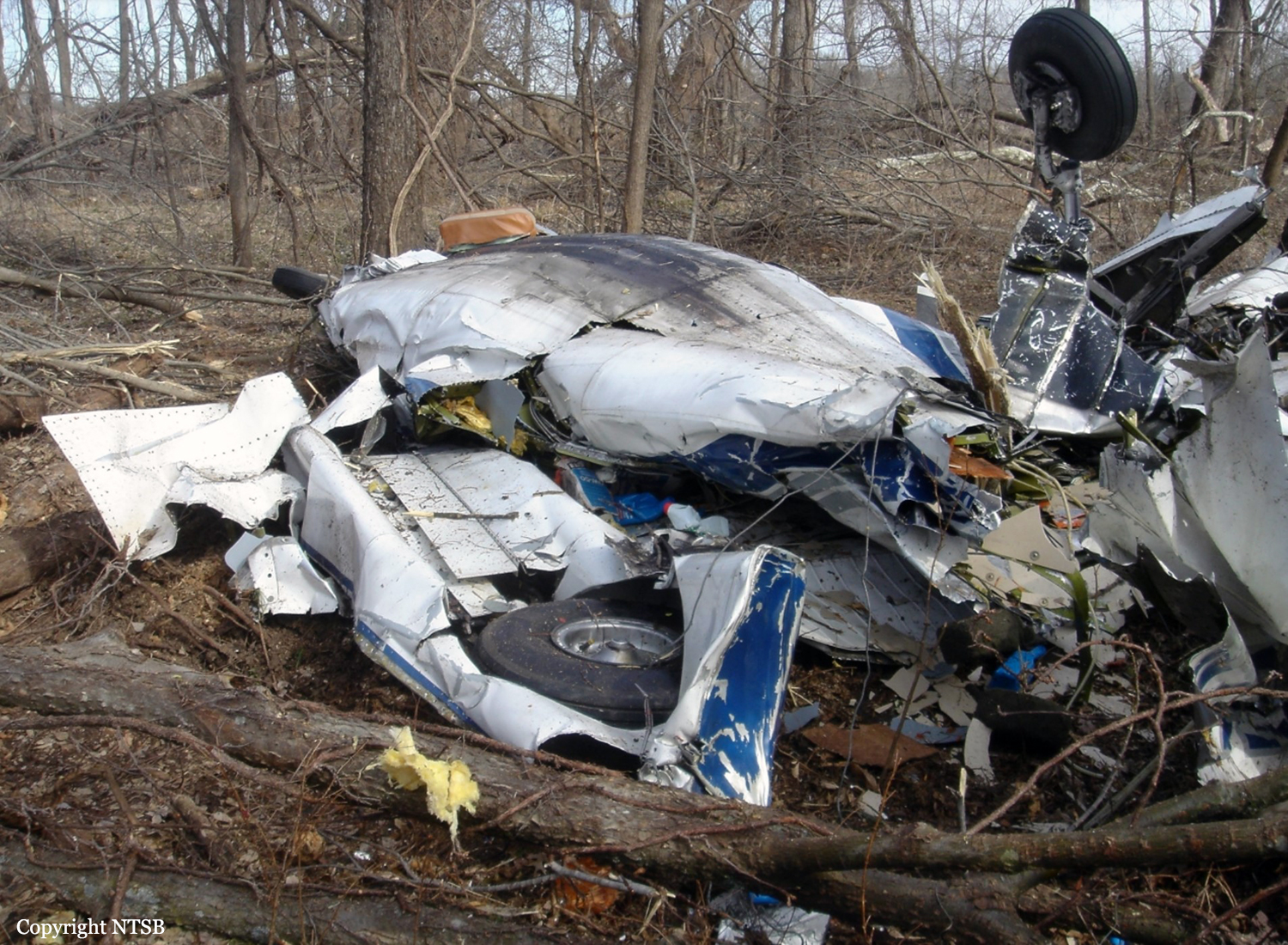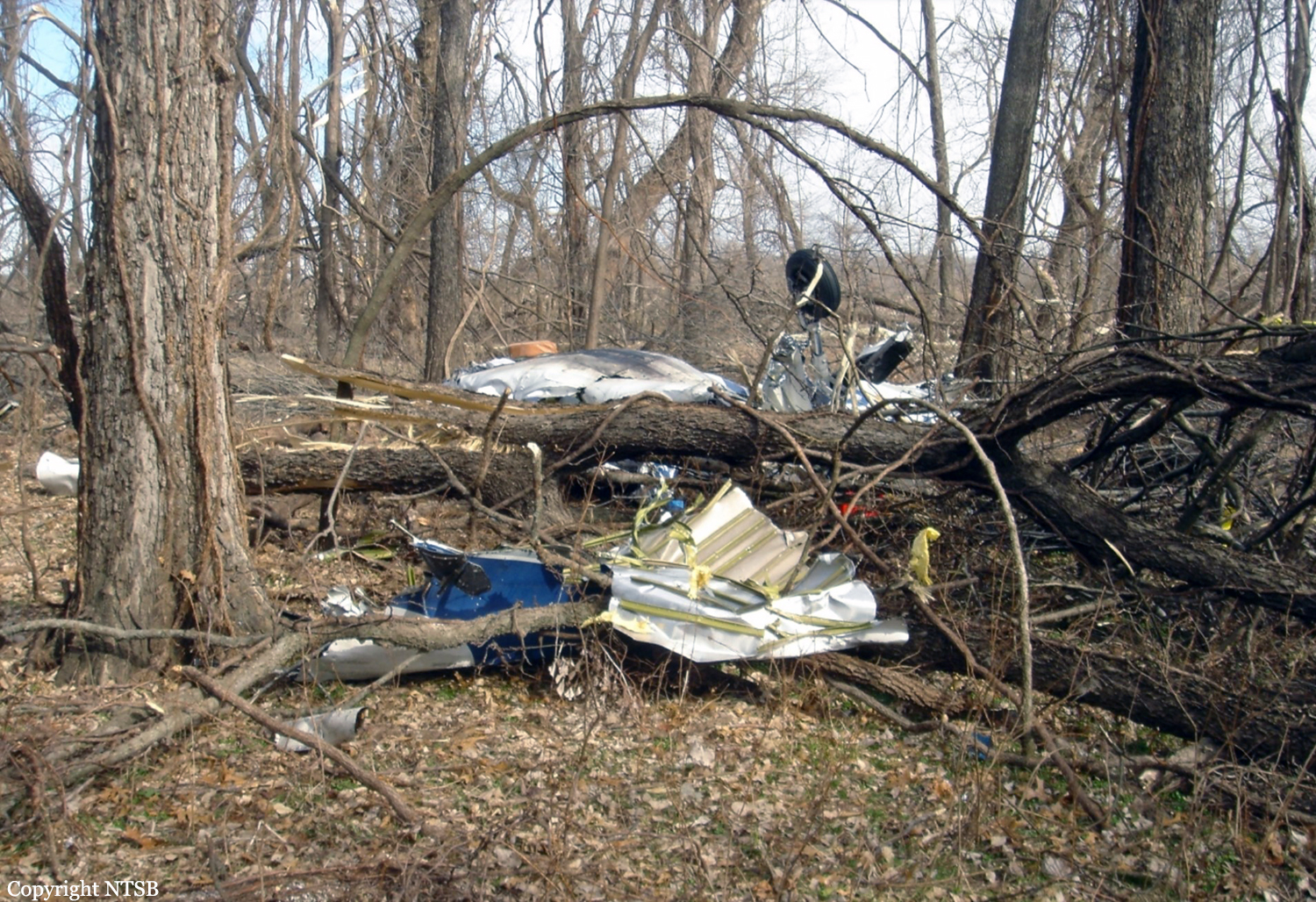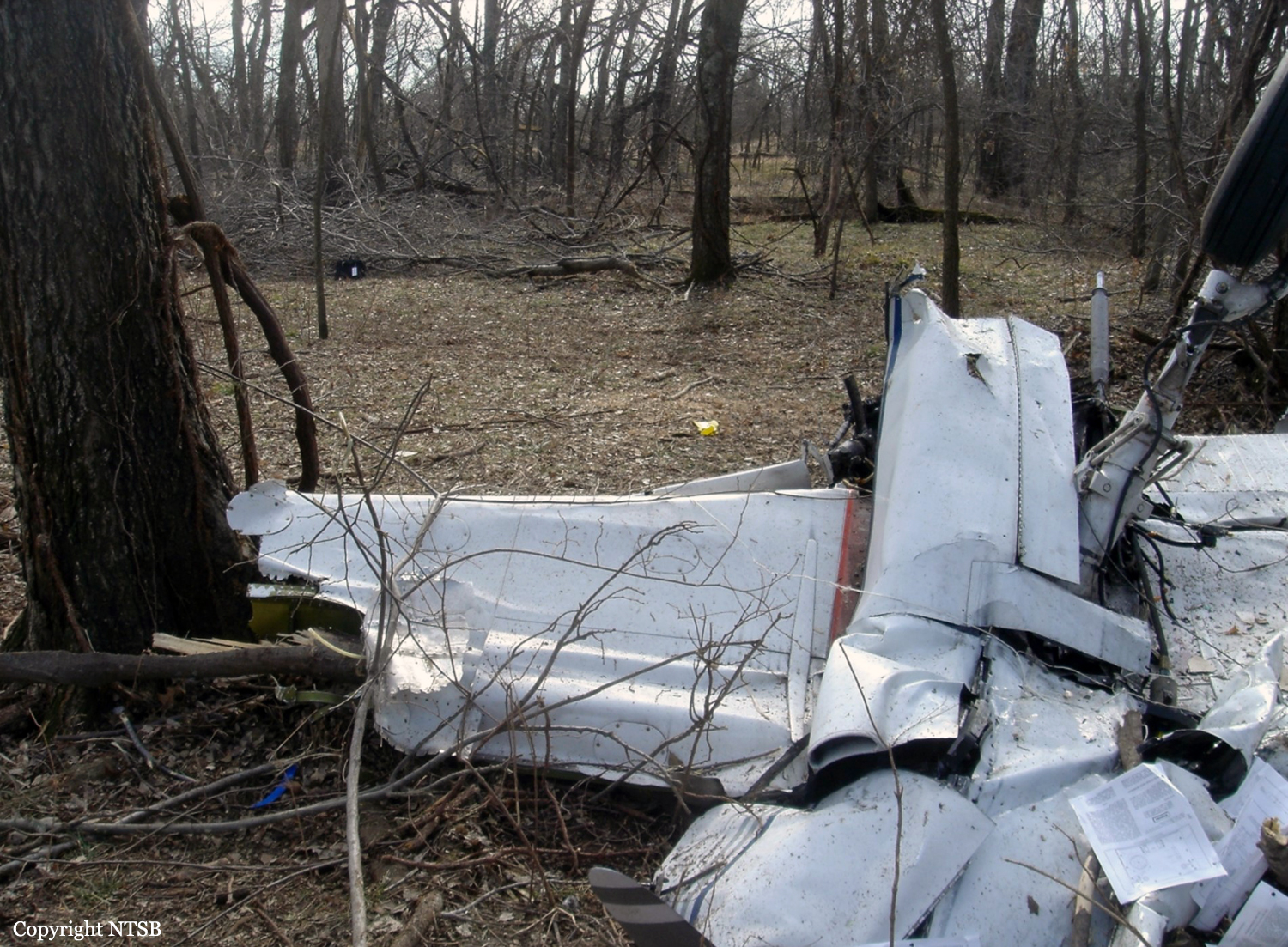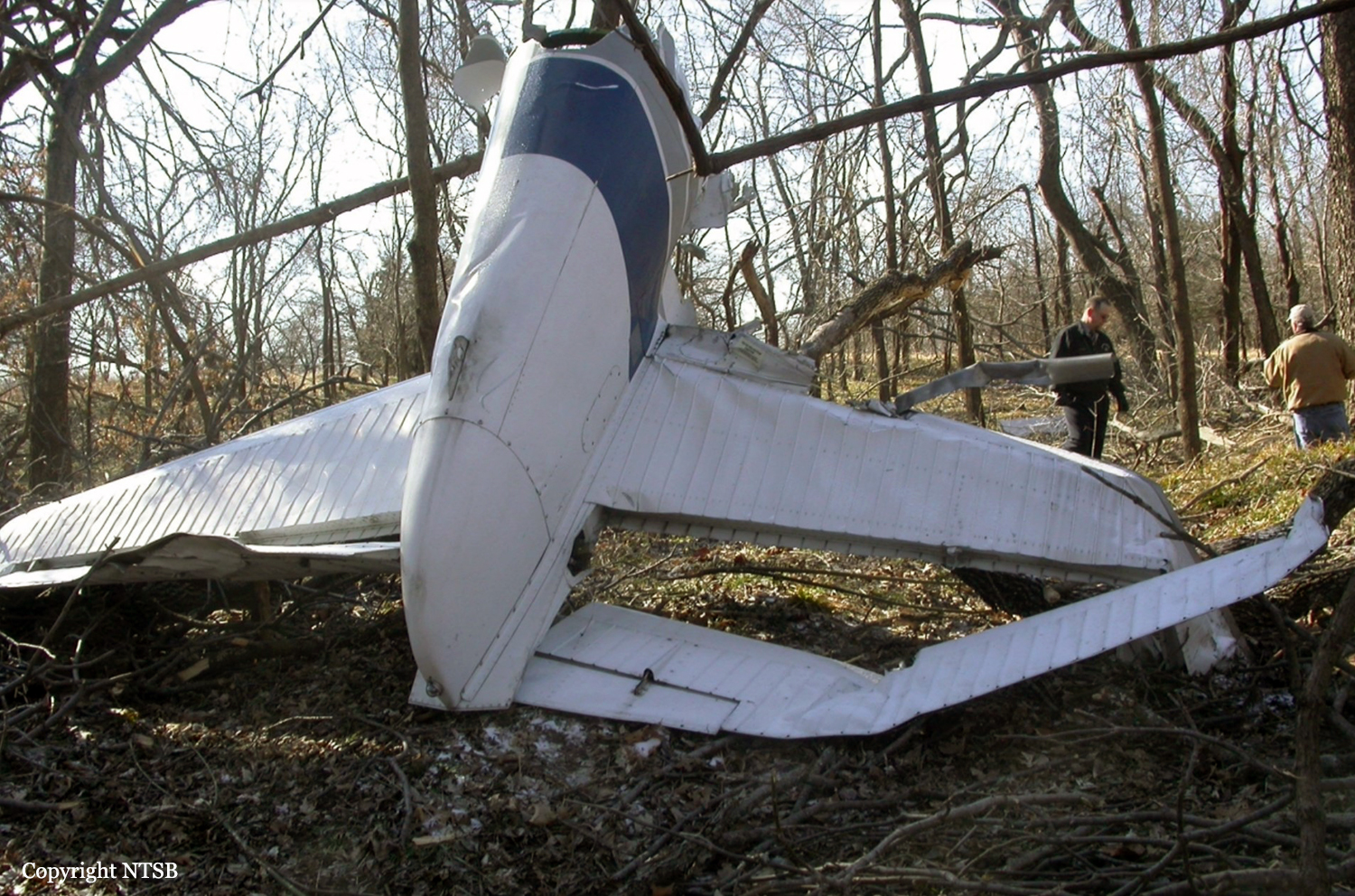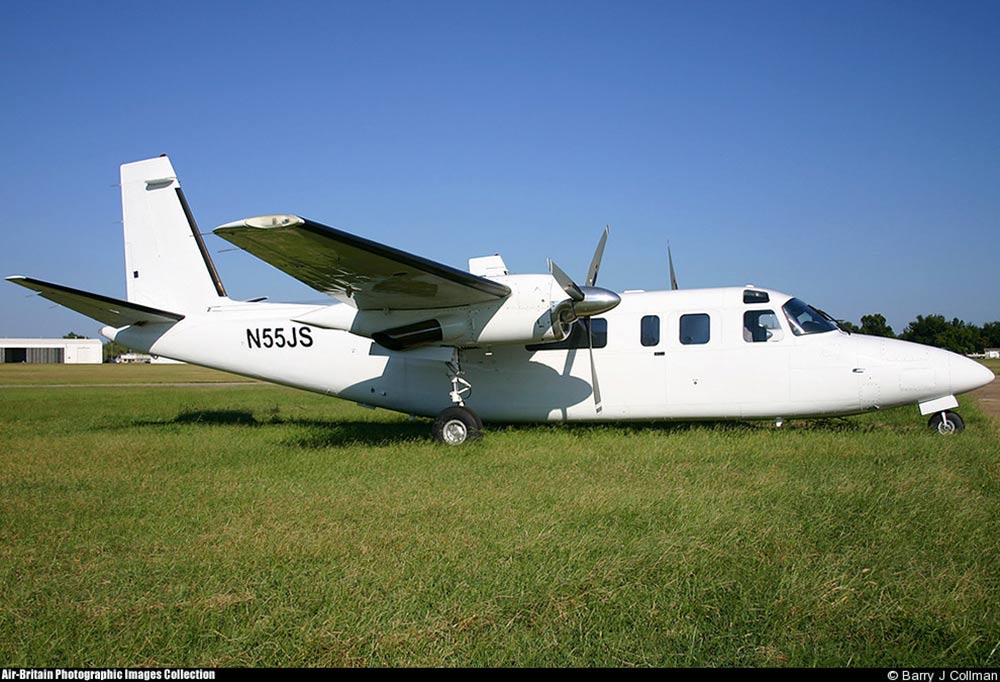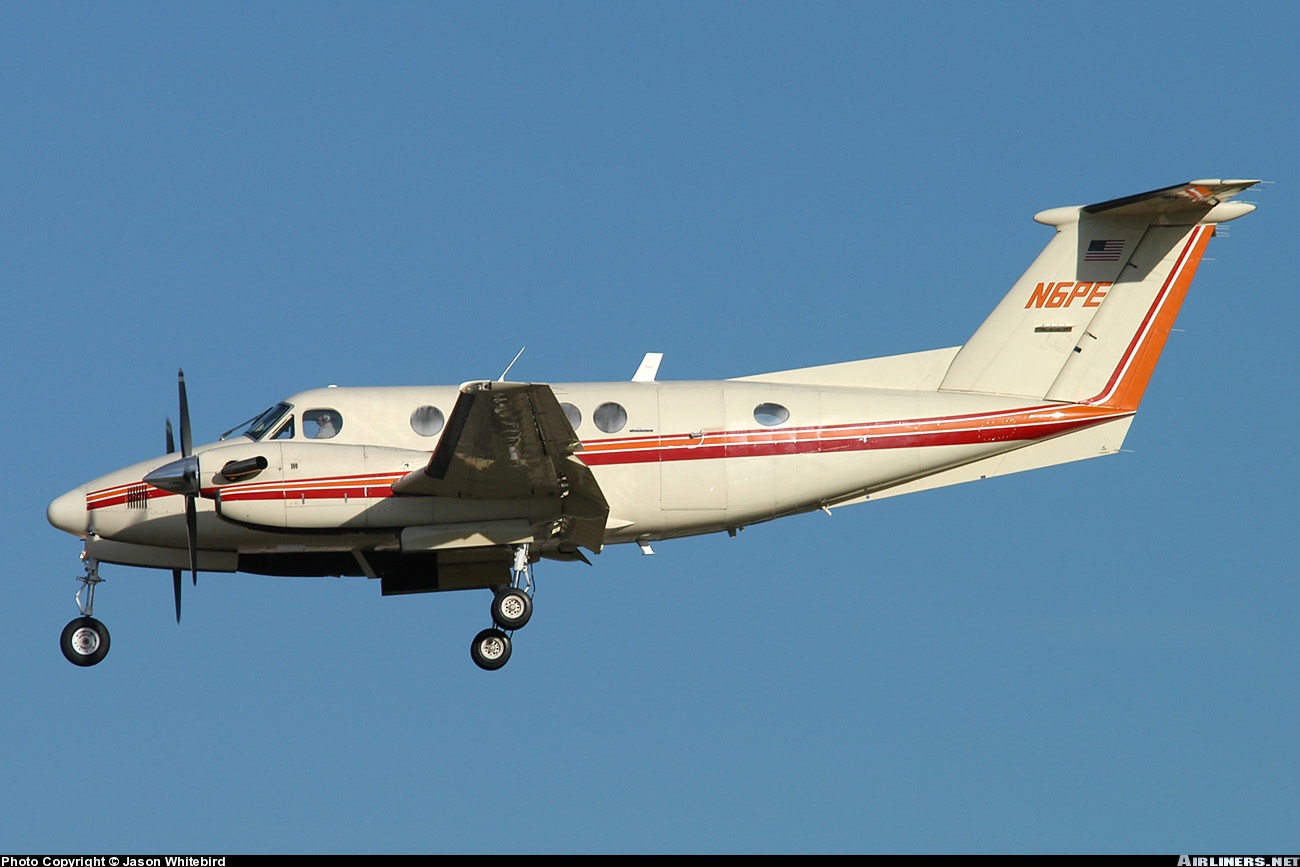Crash of a Cessna 500 Citation I in Oklahoma City: 5 killed
Date & Time:
Mar 4, 2008 at 1515 LT
Registration:
N113SH
Survivors:
No
Schedule:
Oklahoma City - Mankato
MSN:
500-0285
YOM:
1975
Crew on board:
2
Crew fatalities:
Pax on board:
3
Pax fatalities:
Other fatalities:
Total fatalities:
5
Copilot / Total hours on type:
2
Aircraft flight hours:
6487
Circumstances:
On March 4, 2008, about 1515 central standard time, a Cessna 500, N113SH, registered to Southwest Orthopedic & Sports Medicine Clinic PC of Oklahoma City, Oklahoma, entered a steep descent and crashed about 2 minutes after takeoff from Wiley Post Airport (PWA) in Oklahoma City. None of the entities associated with the flight claimed to be its operator. The pilot, the second pilot, and the three passengers were killed, and the airplane was destroyed by impact forces and post crash fire. The flight was operated under 14 Code of Federal Regulations (CFR) Part 91 with an instrument flight rules flight plan filed. Visual meteorological conditions prevailed. The flight originated from the ramp of Interstate Helicopters (a 14 CFR Part 135 on demand helicopter operator at PWA) and was en route to Mankato Regional Airport, Mankato, Minnesota, carrying company executives who worked for United Engines and United Holdings, LLC.
Probable cause:
Airplane wing-structure damage sustained during impact with one or more large birds (American white pelicans), which resulted in a loss of control of the airplane.
Final Report:
